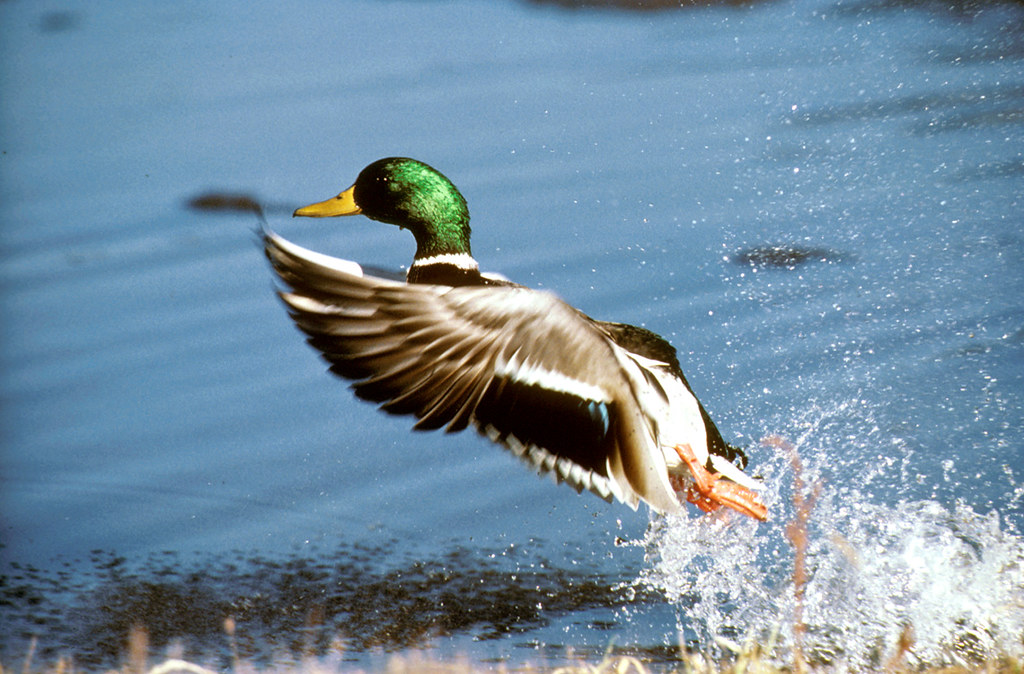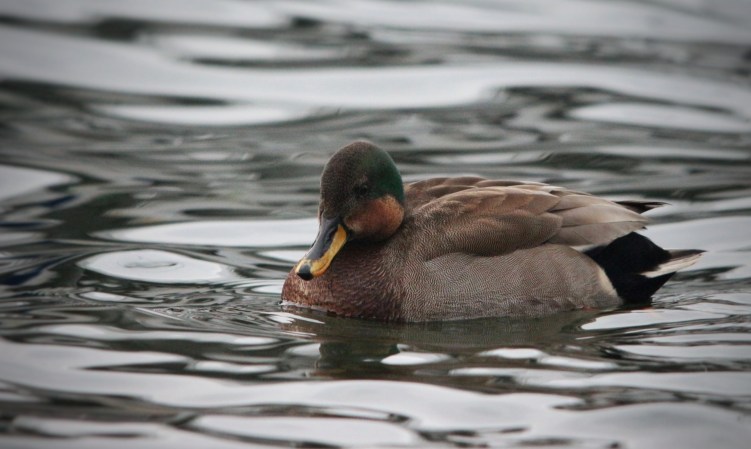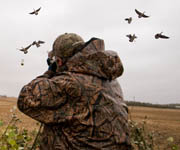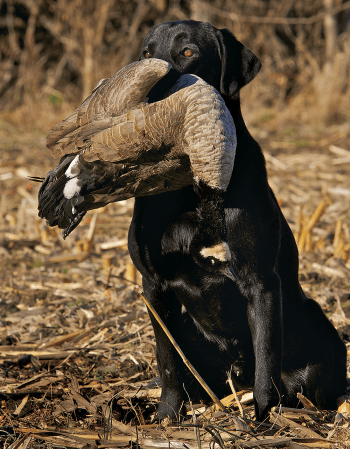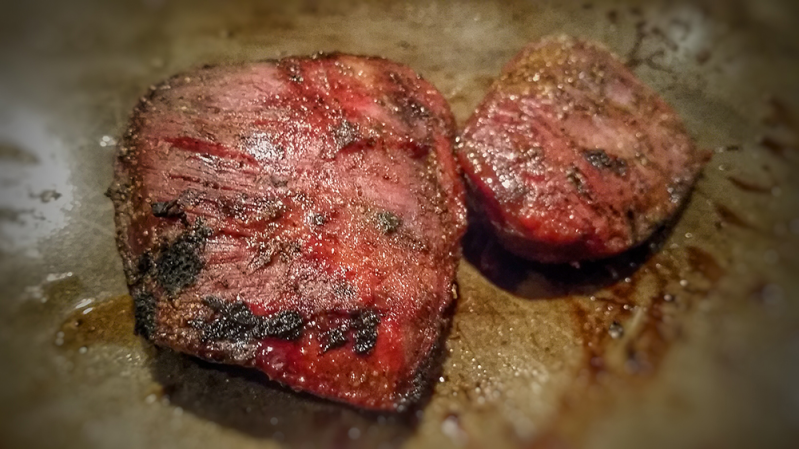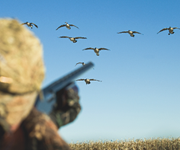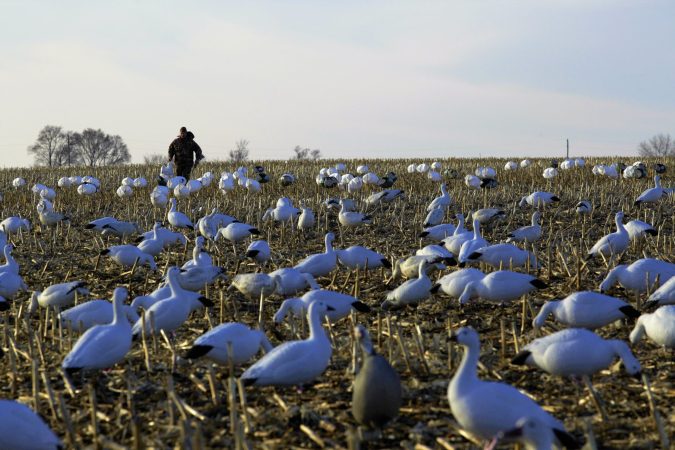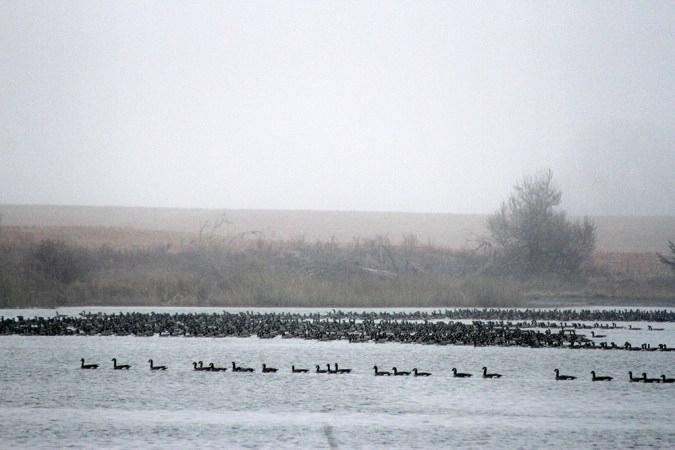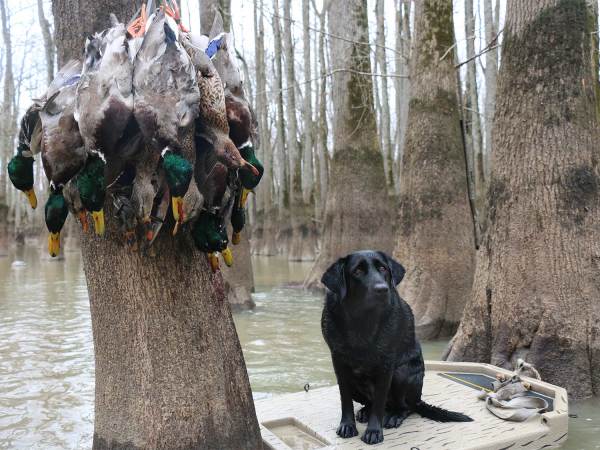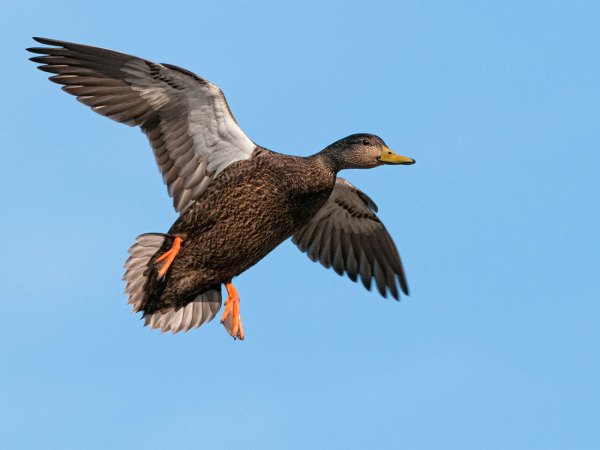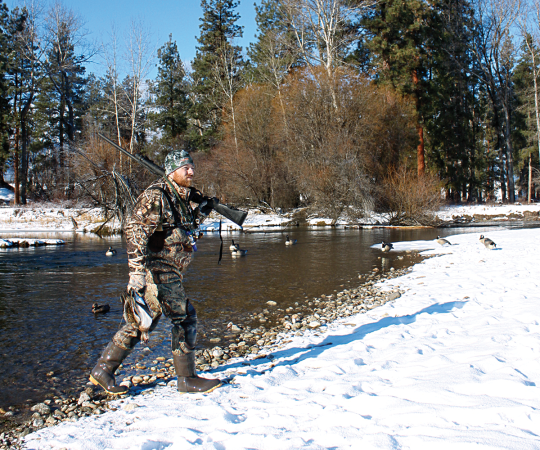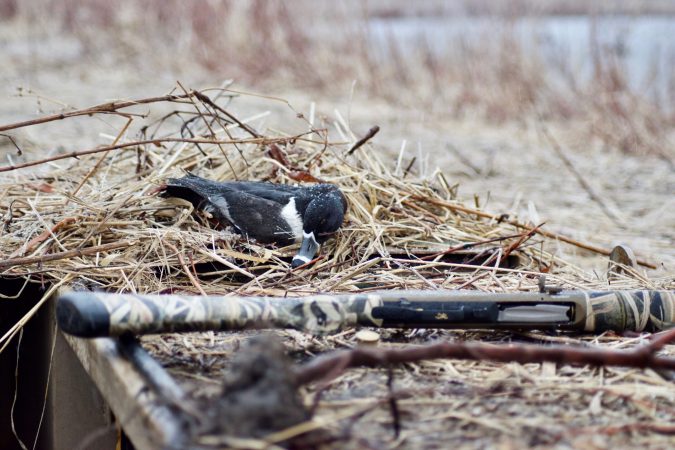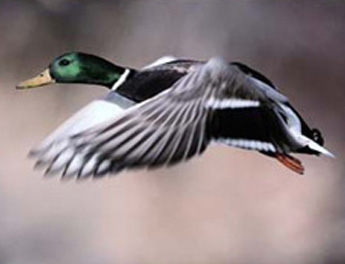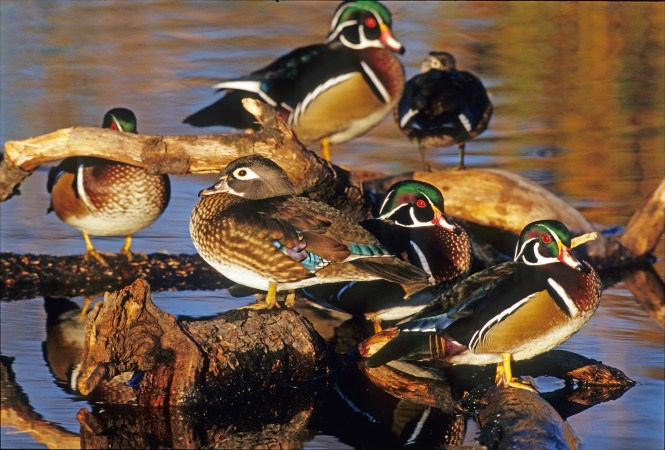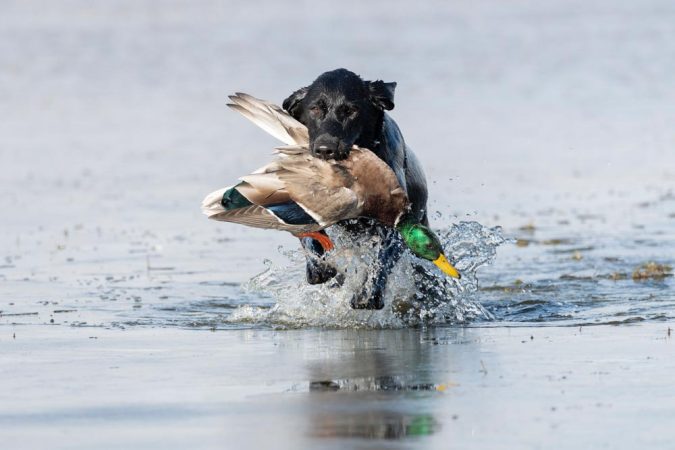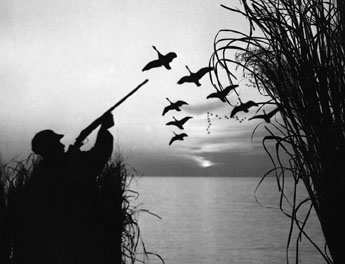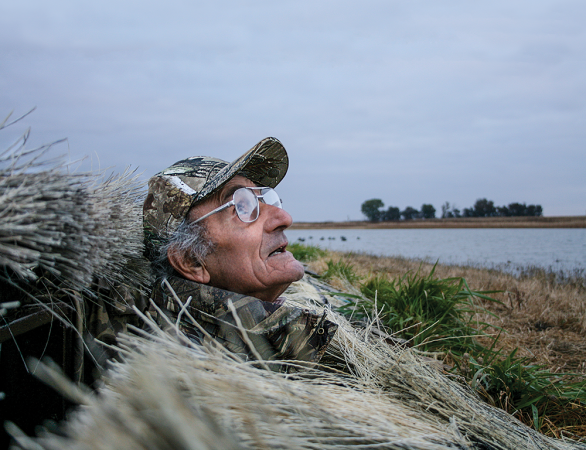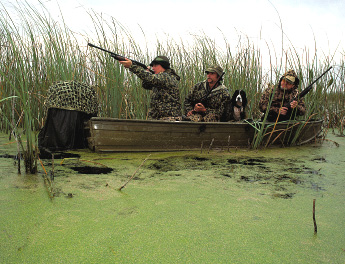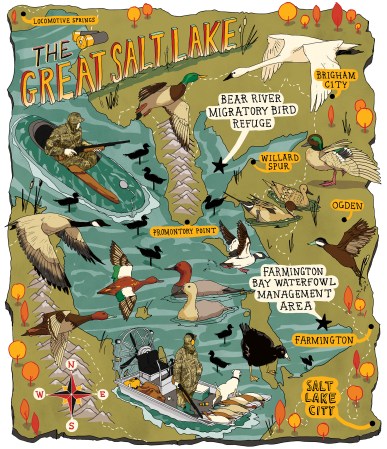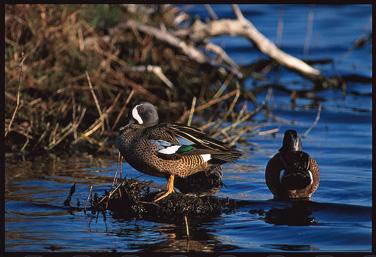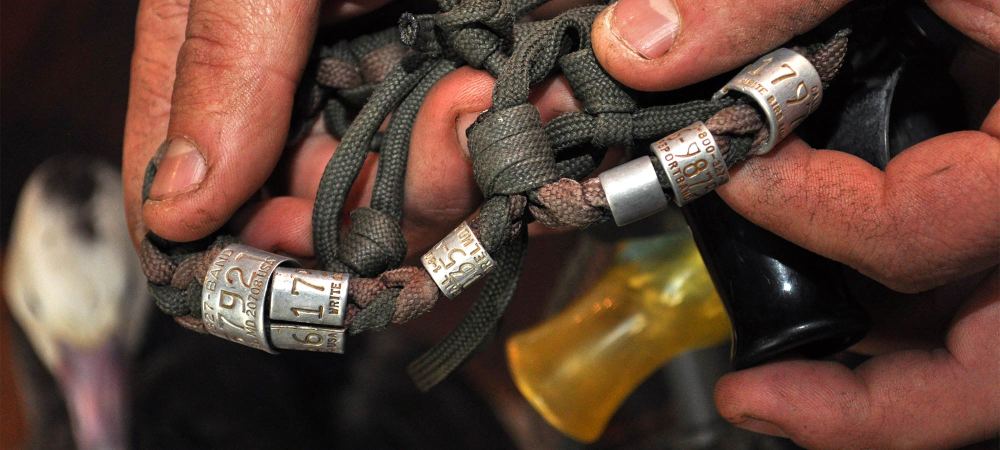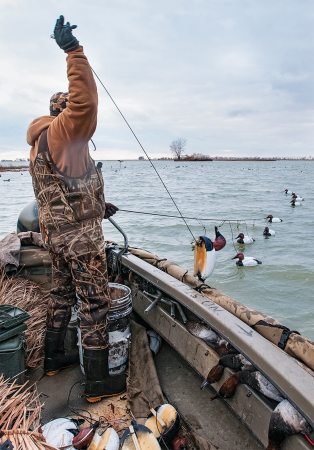This week, Ducks Unlimited released its 2021-22 Season in Review, which is an overarching synopsis of the waterfowl season that brings together large-scale environmental patterns and duck hunter experiences. The report acts as a snapshot of weather, habitat conditions, and regional duck abundance during the 2021-22 waterfowl hunting season, and it includes the results from DU’s Mid-winter Waterfowl Surveys for the Central and Mississippi Flyways.
It’s important to note that data for the Pacific and Atlantic Flyways were not available for comparison; however, with a large Atlantic Flyway eastern mallard study underway, data for that flyway will likely be included in future reports.
“We developed this report to provide waterfowl hunters and the management community with a reliable depiction of how some of these key factors, mostly weather and habitat, changed throughout the previous hunting season and what that may have meant for ducks and hunters,” Dr. Mike Brasher, a Ducks Unlimited waterfowl scientist and co-author of the report, wrote in an email to Outdoor Life.
“By providing this information in a clear and objective manner we hope to help hunters gain some explanation for their hunting experiences, whether good or bad, and also reflect on how it may have compared to other parts of the country.”
During 2021-22, most of the Prairie Pothole Region and western U.S. were in a moderate to exceptional drought described “as the most severe and widespread since the 1980s,” with the North Dakota Game and Fish Department reporting an overall duck index decline of 27 percent. Duck numbers were also down in the California Central Valley and Intermountain West.
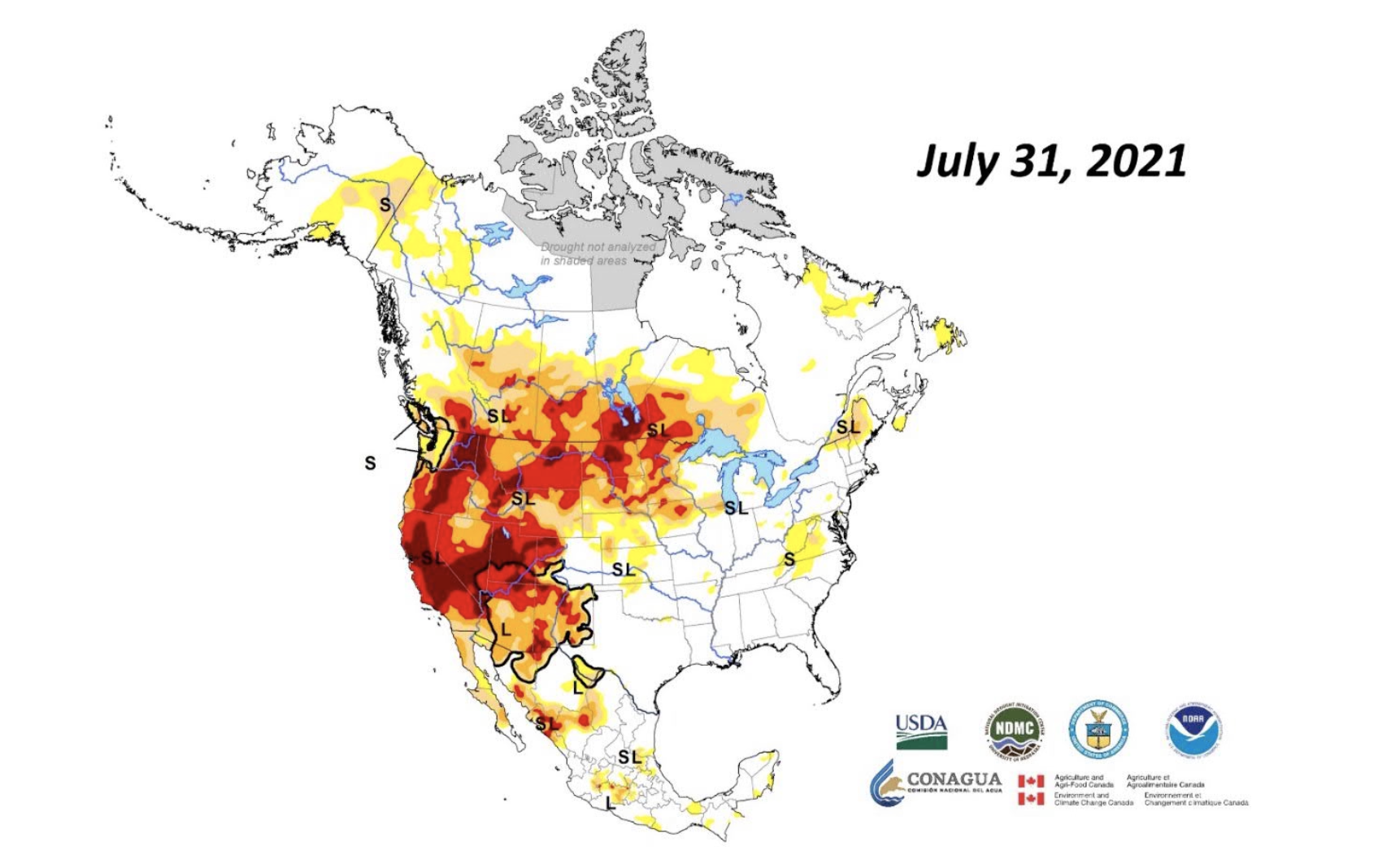
Fortunately, areas within Canada’s boreal forest, Alaska, and the Great Lakes were able to provide nesting areas for misplaced waterfowl during their breeding season. But that habitat is considered “less productive” and resulted in low production among prairie-nesting dabblers and divers (mallard, northern pintail, blue-winged teal, northern shoveler, gadwall, canvasback, redhead), leaving the majority of the fall harvest comprised of adult birds within the Central and Mississippi Flyways.
Weather also played a part in delayed duck migration. An unusually warm December within the northern latitudes resulted in “low duck numbers and frustrated hunters across mid- and southern latitudes,” according to the report. January was slightly better as five winter storms forced birds to move, creating “hopeful optimism” for southern hunters.
Overall, the Mid-winter Waterfowl Survey counts were lower than previous years, which could be attributed to winter storms that kept migrating waterfowl out of the Central and Mississippi Flyways during the survey. Regardless, mallard numbers were down by 25 percent in both flyways with the most notable declines in Texas (down nearly 50 percent) and Louisiana (down 86 percent). But not all states reported a duck downtick. Both Missouri and Ohio were above average at 25 percent and 8 percent, respectively.
Read Next: A New Telemetry Study Could Solve the Mysterious Decline of Atlantic Flyway Mallards
Essentially, the 2021-22 season was “highly variable” with hunter success rates all over the board, which is what biologists anticipated given the lingering drought conditions.
“Waterfowl scientists and hunters have always shown great interest in learning about the many factors that affect bird movements and distributions during fall and winter, and of course how those also combine to influence hunting success,” said Brasher.
